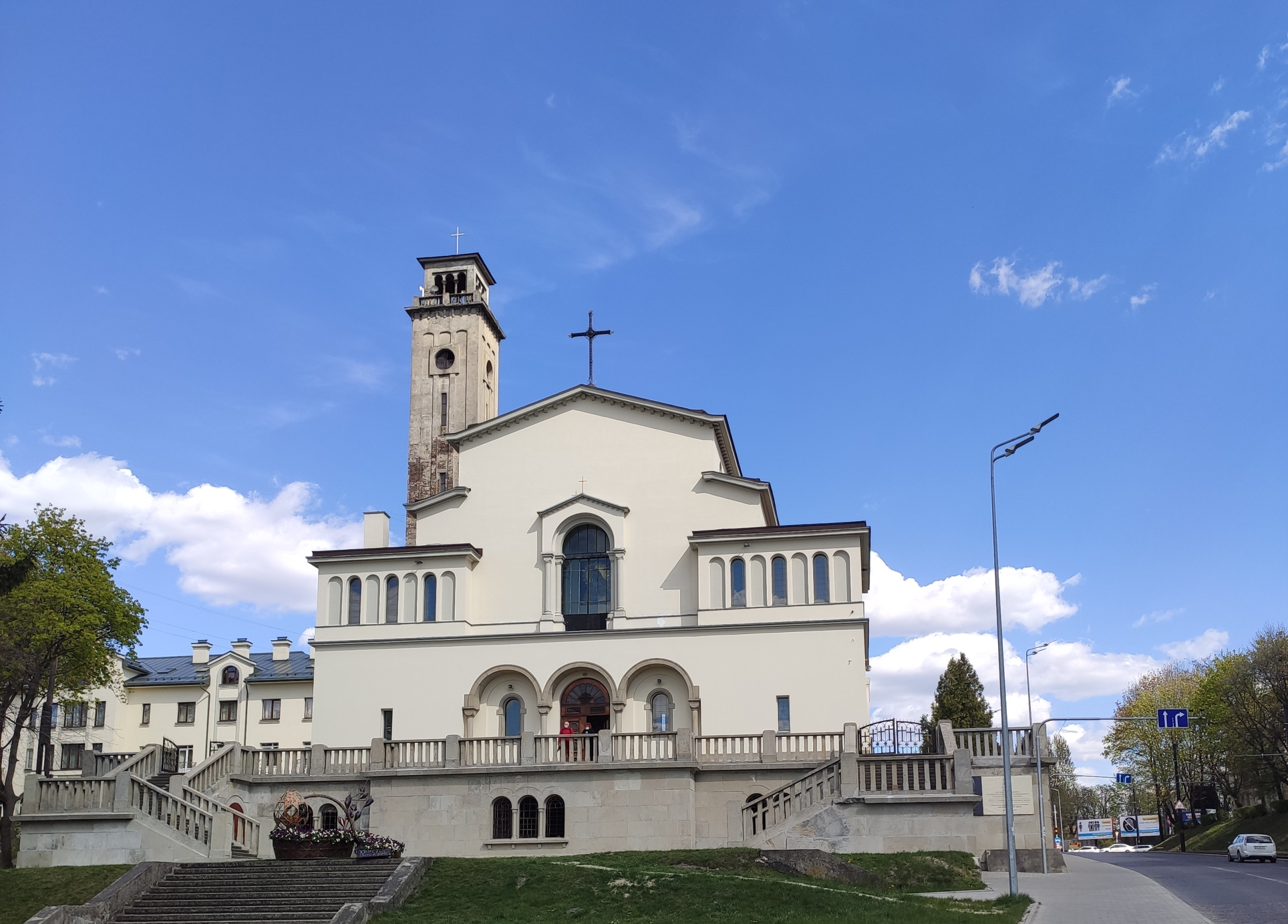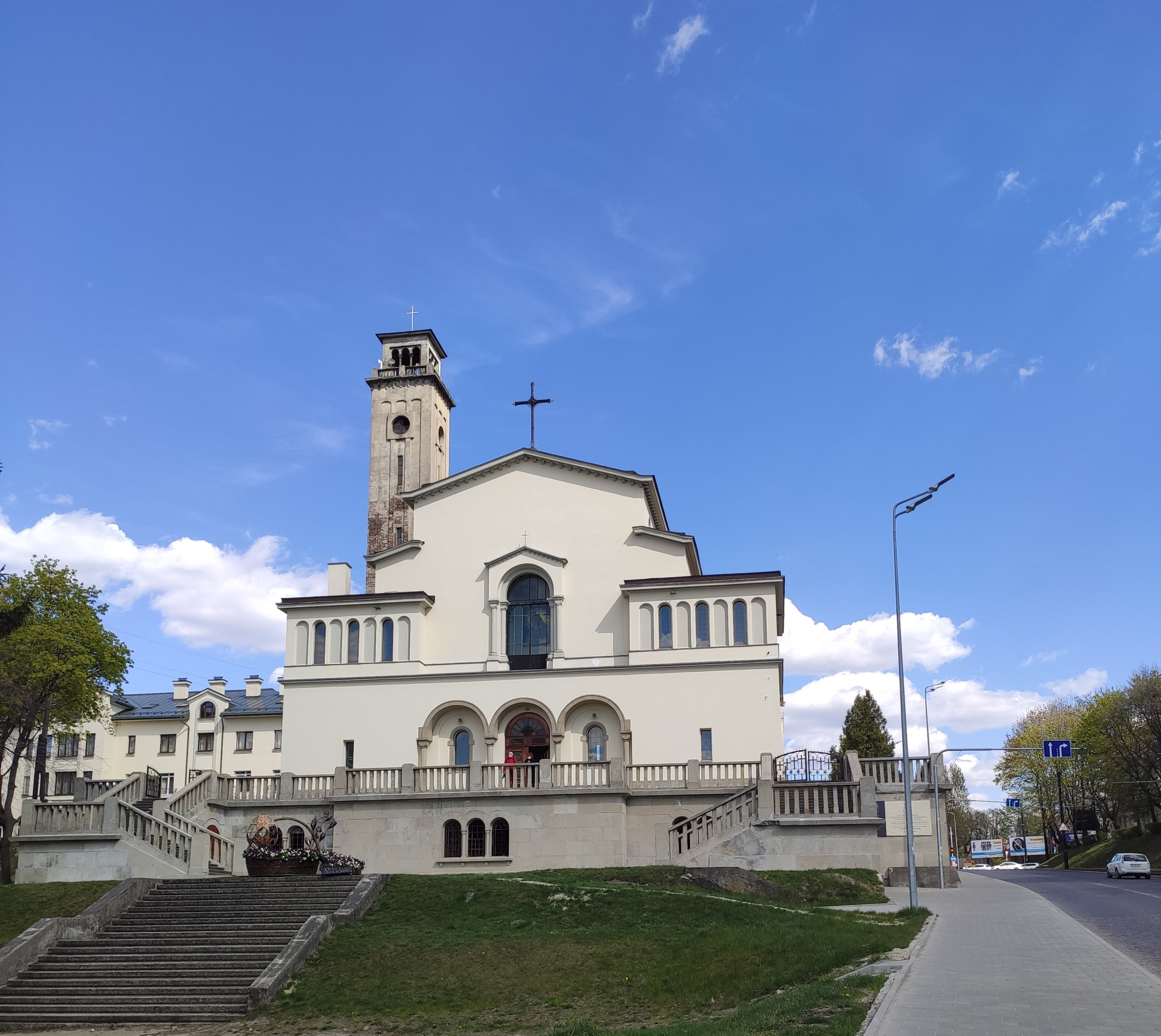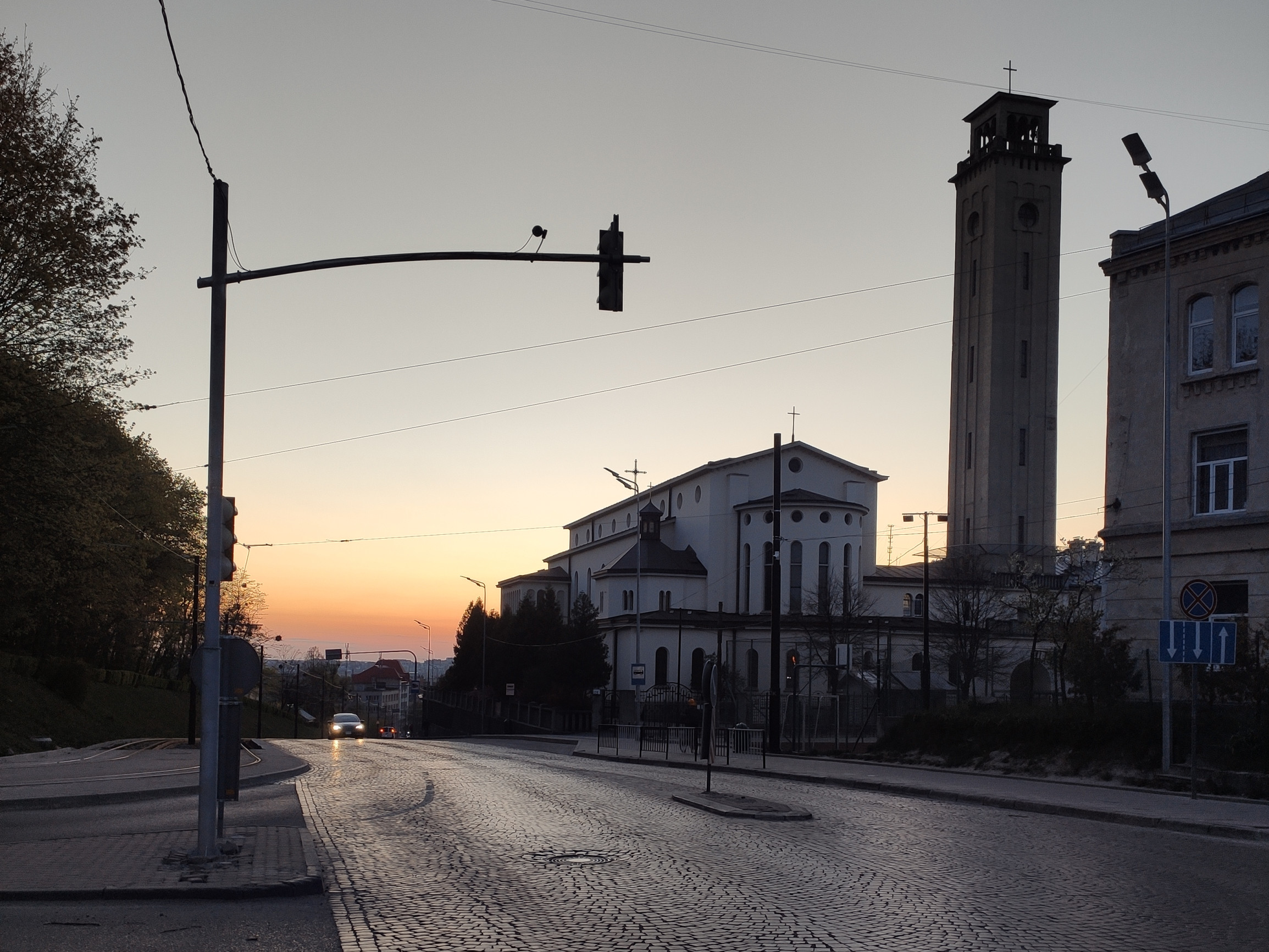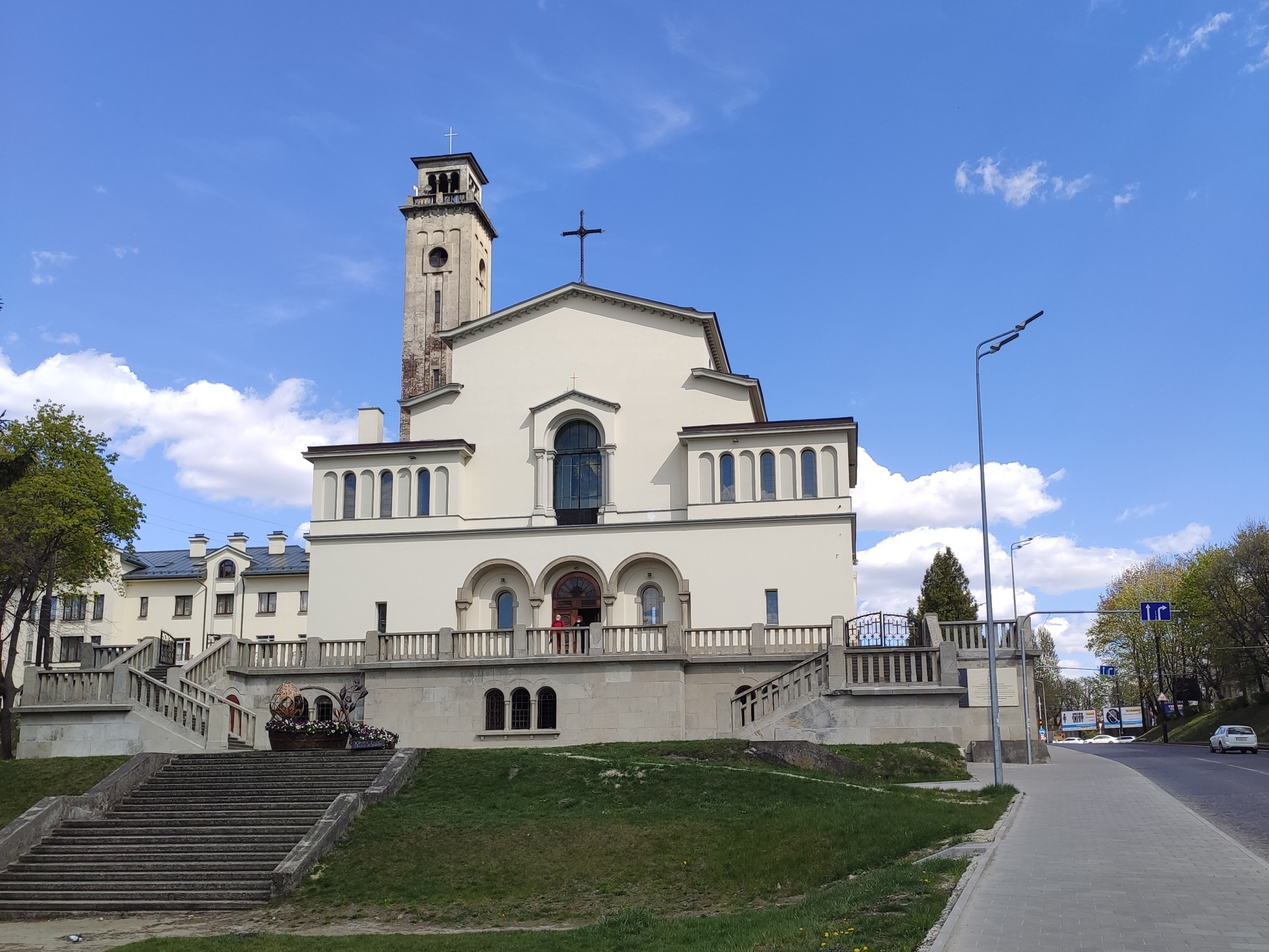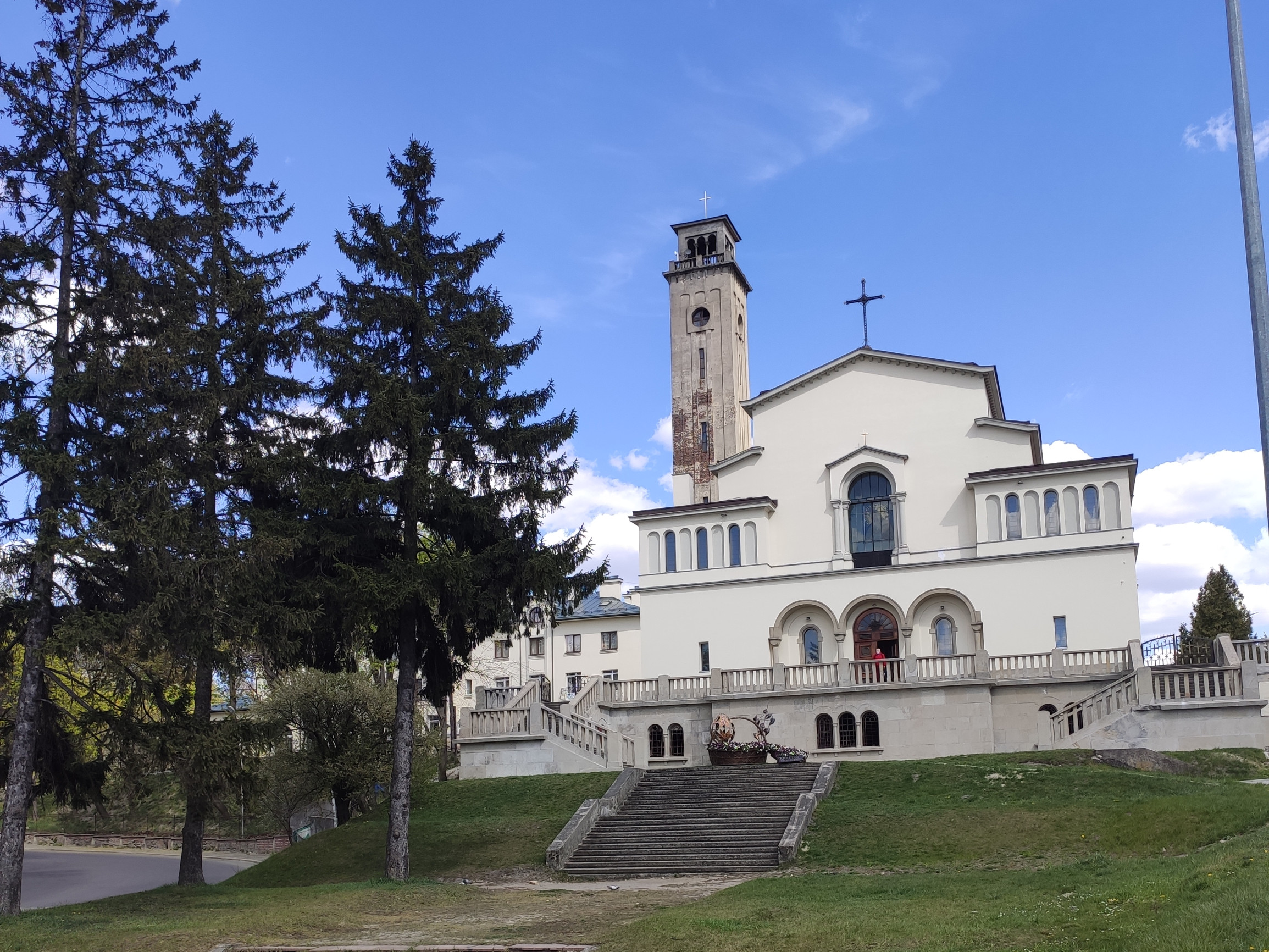Probably the first thing a tourist will see when approaching the central part of the city are the spiers of churches and cathedrals. Lviv is a multicultural city. In ancient times, Ukrainians, Poles, Armenians, Jews and every nationality carried their faith and customs here. This is why the central part of the city is so big on temples of all denominations. Lviv is a city of traditions and values. Every family has a celebration of traditional Christian holidays, and Greek- Catholic, Catholic, Orthodox churches can be found here everywhere.
Walking through the central temples is one of the first things to do when arriving in Lviv. Even the emblem of the city depicts its main bell towers. Latin Cathedral, St. John's Garrison Temple ap. Peter and Paul, Armenian Cathedral, Transfiguration Church, Dominican Cathedral, St. George's Cathedral, St. Andrew's Church are famous and recognizable temples where you can always find sightseeing groups but not one of them is known to Lviv
For a tourist who is not the first time in Lviv, or who wants to visit a non-tourist sacral building, we have prepared an article about one of the little known but interesting temple.
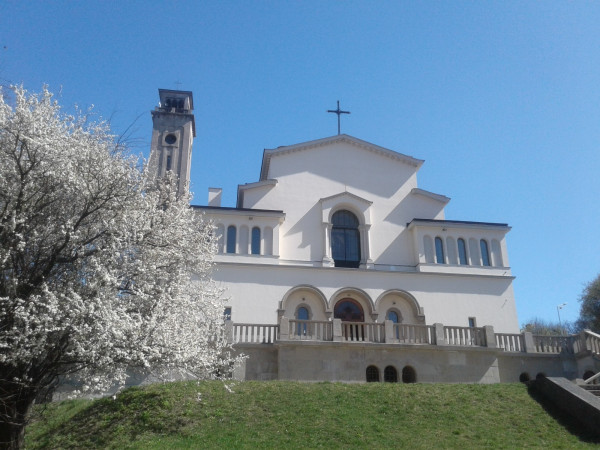
Church of the Protection of the Blessed Virgin Mary of the Salesians of the UGCC (Ukrainian Greek Catholic Church)
Church of the Intercession of the Blessed Virgin Mary of the Salesians of the UGCC - the official name of the temple, which is more simply called by the locals - Church of the Intercession. The bell tower of the temple can be seen from the observation deck of the High Castle, the Town Hall Tower and St. George's Cathedral - you need to look east. The tower, and in some places the temple itself, will be visible among the greens almost from any altitude location of the city.
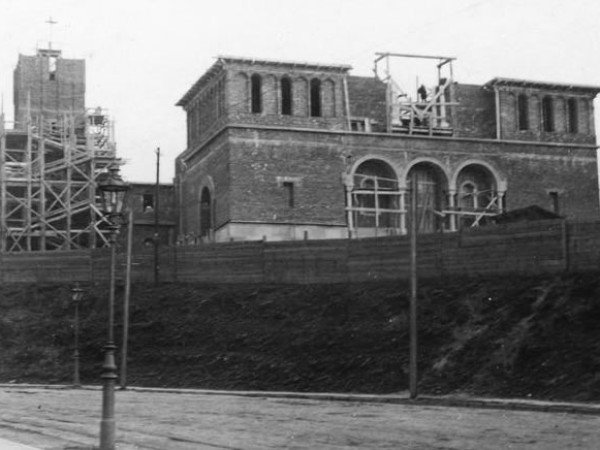
The church has a rather interesting history - Until the second half of the 19th century, a wooden church of the Prophet Elijah was located on the site of the present building, which served the religious needs of the Ukrainian community of the village of Kryvchytsi.
In 1870, it was handed over to the Roman Catholic community, which originally belonged to St. Anthony's Church, a Catholic church located closer to the center along Lychakivska Street. The new owners dismantled the old building and built a small stone church in its place.
In June 1914, a committee was formed to build a new temple, but plans could not be implemented because of the outbreak of World War I. It was not until 1929 that a committee was set up, and in 1931 a new temple was erected on the hill at the initiative of Lviv Roman Catholic Archbishop Boleslav Tvardovsky, as a thank for the rescue of Lviv in August 1920. The temple was built in the form of a Romanesque basilica by the rector of the National University of Lviv Polytechnic, architect Tadeusz Obminsky, who died in 1932.
The architect Wavziniec Dayczak continued to build, which developed the detailed design as well as some of the interior decoration, and his firm was the main supplier of construction materials. The church was solemnly consecrated on October 7, 1934 and handed over to the Salesian congregation, the monastic institute of the Catholic Church, founded by St. John the Divine in 1859 in Turin, Italy.
In 1936, two bells were cast by the Karl Schwabe Company in Byala. The first is called “Mother of God of Perpetual Help”, weighing 1900 kilograms and the second larger – “Boleslaw”, weighing 3100 kilograms and 160 centimeters in diameter.
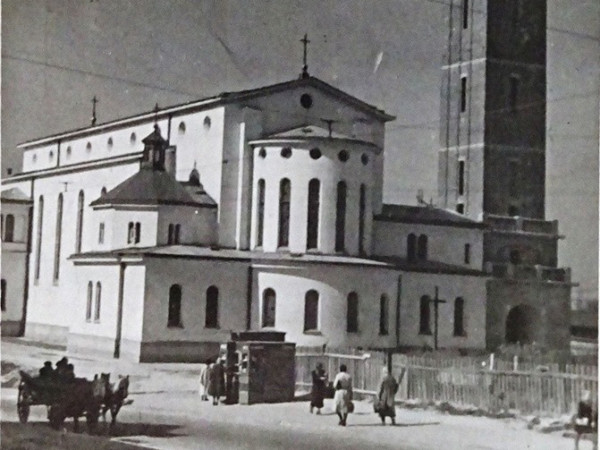
At the temple, a youth center was established to teach the youth of catechism and craft. The construction of a monastery house with a bursa and an artisan school for orphans and children from disadvantaged families began in 1938, but these plans were not put into practice because of the outbreak of the war.
During World War II in 1939 the bell tower and roof of the temple were damaged by artillery shelling of Soviet troops, and in 1941 the temple was destroyed by German bombing of the city. Traces of the shells were visible until 1990. During the German occupation, the temple was partially renovated. The initiator of the creation Boleslaw Tverdowsky in 1945 was buried in the crypts of the temple. At the same time, the Salesians, fearing the coming of Soviet power, left the temple.
When the Soviets came to Lviv in the postwar period, the temple was converted into a book warehouse, and the religious complex was used as outbuildings next to the temple. Most of the church property was taken out and lost.

On the pedestal in front of the temple in the square in 1945 was installed a tank "Guard" - a T-34 tank, which in July 1944 allegedly tankers broke the city center to mount a red flag over the Town Hall. In fact, there was an IS tank (“Joseph Stalin”) on the pedestal. Interesting is the fact that all the memorial tanks at the time were blowing the west, symbolizing the offensive of the Soviet army and the capture of Berlin.
As a warehouse the temple functioned until 1991. With the collapse of the Soviet Union and the beginning of the process of legalization of the Ukrainian Greek Catholic Church in 1989, the temple was given to religious communities. The tank on the pedestal in front of the temple was destroyed.
The reconstruction of the temple was led by Ukrainian Salesians who had studied in Italy before the war and were able to return to their homeland with Ukraine's independence. On June 18, 1991, the temple was granted parish status, while the canonical inauguration took place on July 29, 1994.
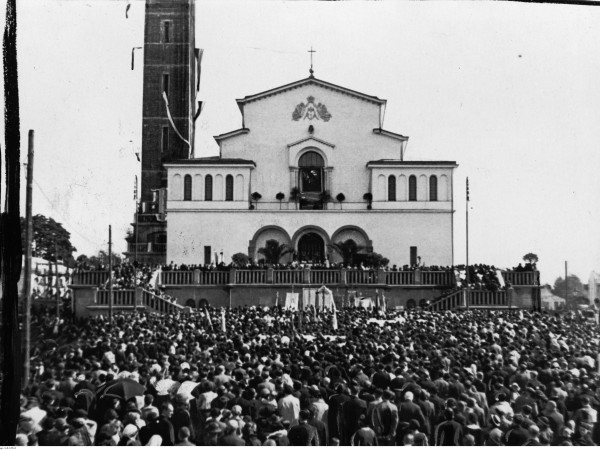
The building of the temple is an old Christian basilica, on both sides of which the farm buildings are symmetrically adjacent to the temple. On the left side stands an unusual bell tower, built like the Florentine Campanile, 60 meters high. On the same side, the house of St. Dominic Savio's Children's Youth Center "Oratory" and the monastery premises adjoins the temple.
To the building on the west side on both sides there are monumental stairs, from there – the panorama of the city opens. Medallions with bas-reliefs of Andrey Sheptytsky, Joseph Slipy, Petro Mohyla and Velyamin Joseph Rutsky are installed in the temple gate. Metropolitan Andrey Sheptytsky's sculpture is installed on the right side. Through the efforts of the parish, the inner side of the dome of the temple was decorated with a mosaic depicting Jesus Christ, along with two large mosaics of saints Peter and Paul and 12 smaller, symbolizing the apostles. It is planned to open a medical rehabilitation center in the underground of the building.
The shrine, the simplicity and the laconic nature that distinguish it distinctly from other Catholic and Greek-Catholic sacral structures can be regarded as the hallmark of the temple. Unfortunately, neither the interior decoration nor the bells have survived to this day, but the temple is impressive in size (it was the largest sacral building of the city for up to 2,000 laymen for the period of construction).
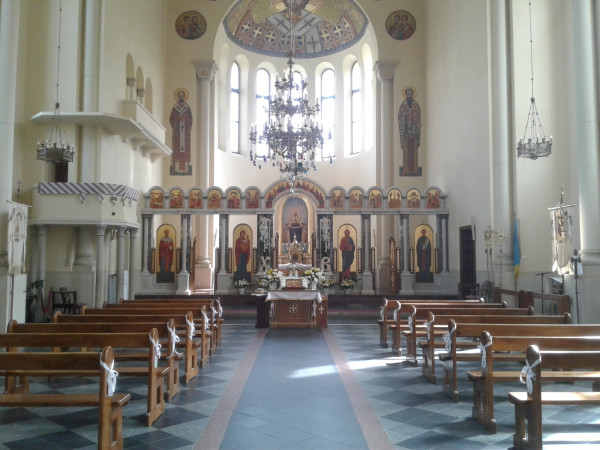
The Church of the Intercession is not a tourist destination, so it will be quiet and uninhabited on weekdays. From the pedestal of the temple opens a beautiful panorama of Lviv. On the left side, in 10 minutes you can reach the Museum of Folk Architecture and Life named after Klimenti Sheptytsky (Shevchenkivsky Gai) and Znesinnia Park. To the right - Lychakiv Park and Military Burial “Holm Slavy” (Grounds of Glory).
The temple can be recommended to all connoisseurs of sacred architecture and theological tourism
Address: Lviv. 175 Lychakivska, St
How to get there:
From the center: tram 1 and 2 from “Market Square” stop to “Pasichna Street. The end of the road” stop.
